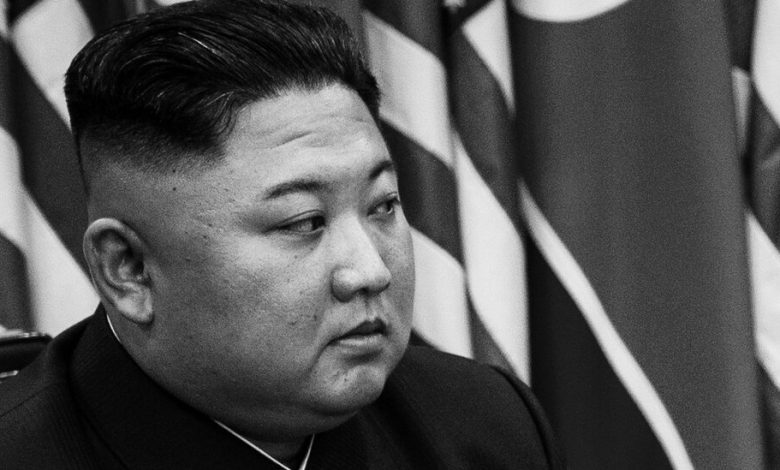How Do You Solve a Problem Like North Korea?

How do you solve a problem like North Korea?
Since the end of the Cold War, it seems that every formula, from threatening war to promising peace, has been tried. And yet, despite being under more sanctions than just about any other country, North Korea developed a nuclear arsenal estimated at 50 warheads and sophisticated missiles that can, in theory, deliver those weapons to targets in the continental United States.
President Biden’s administration has taken a notably more ambivalent approach toward North Korea than his predecessor Donald Trump, who alternately railed at and courted its leader, Kim Jong-un. But we shouldn’t stop trying to come up with bold ways to denuclearize North Korea, improve the lives of its people or lessen the risks of conflict, even if that means making unpalatable choices. On the contrary, there is more urgency now than there has been for years.
As the analyst Robert Carlin and the nuclear scientist Siegfried Hecker, two experienced North Korea watchers, warned in January, Mr. Kim has shifted away from pursuing better relations with the United States and South Korea and closer to President Vladimir Putin of Russia and may be preparing for war. Just days after the two experts issued their warning, Mr. Kim disavowed the long-cherished goal of peaceful reconciliation between the two Koreas, and he called for “completely occupying, subjugating and reclaiming” the South if war breaks out.
It might seem preposterous, even suicidal, for Mr. Kim to seek war. But many people in Ukraine doubted that Mr. Putin would launch a full invasion, right up until the rockets began landing in February 2022, and Hamas caught Israel completely by surprise in October. Both conflicts have had devastating human tolls and are severely taxing America’s ability to manage concurrent crises. The people of both Koreas certainly don’t need war, and neither does the United States.
Mr. Kim’s grandfather started the Korean War, and his father was a master of brinkmanship. Mr. Kim is cut from the same cloth and could instigate a limited conflict by, for example, launching an amphibious assault on South Korean-controlled islands in disputed waters of the Yellow Sea, less than 15 miles off North Korea’s coast. North Korea shelled one of the islands in 2010, killing two South Korean military personnel and two civilians and triggering an exchange of artillery with the South. Just two months ago, Pyongyang fired more than 200 shells into waters near the islands.
Mr. Kim may believe he can manage escalation of such a crisis — threatening missile or even nuclear attack to deter retaliation, perhaps taking the islands, then spinning it as a great propaganda victory and demanding a redrawing of maritime boundaries and other security concessions.




